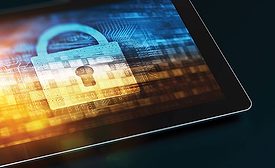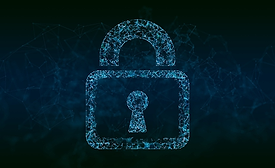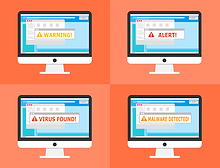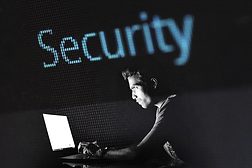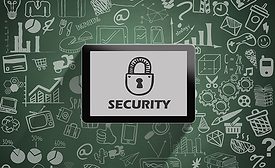Cybersecurity News
Attackers targeting non-governmental organizations in Myanmar with new ‘KilllSomeOne’ backdoor
Operators used four different DLL side-loading scenarios to install and execute new malware after removing a resident PlugX Backdoor
November 4, 2020
Sign-up to receive top management & result-driven techniques in the industry.
Join over 20,000+ industry leaders who receive our premium content.
SIGN UP TODAY!Copyright ©2024. All Rights Reserved BNP Media.
Design, CMS, Hosting & Web Development :: ePublishing
